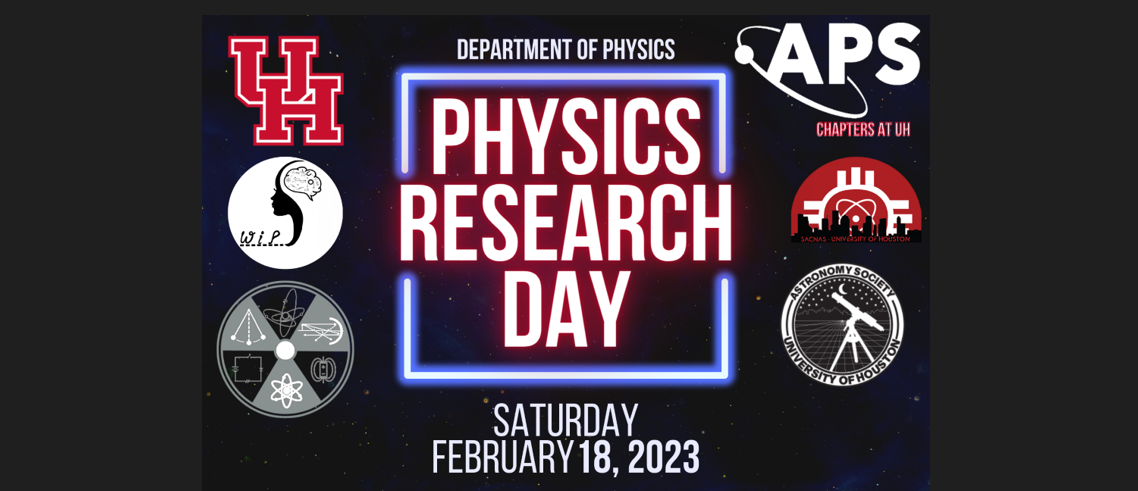Speaker
Description
CrSBr is a new 2D magnetic material that has received enormous research interest recently. The material shows exceptional properties including air stability compared with other highly studied 2D magnets. Recent findings of this material have shown reversible strain-induced magnetic phase transitions, strong spin-orbit (SOC), and magneto-electronic coupling (MEC) effects.
In our work, we study the strain-dependent electronic structure of this material using resonant inelastic X-ray scattering (RIXS). RIXS is a powerful technique that can probe elementary excitations by measuring their energy, momentum, and polarization. We plan to analyze resonant excitations of electronic states: d-d, ligand to metal charge transfer (LMCT), phonon, and magnetic excitations of this new material. We started collecting RIXS data at different strain levels and excitation energies at the Advanced Light Source (ALS) in Berkeley. The strain device for this experiment was built in our lab and it can apply ~3% maximum tensile strain. This is comparatively higher than strain values that have been published. We have been awarded two proposal beamtimes at BESSY II (Germany) and DLS (UK) RIXS beamlines (they have higher energy resolution than ALS) to perform strain-dependent and momentum-dependent RIXS experiments on this material.
The expected scientific outcomes are two-fold. First, the determination of precise energy scales will enable the development of relevant Hamiltonians of this new material using the obtained RIXS data. By applying the atomic multiplet-based software, Quanty, the electronic correlation (Racah) parameters can be extracted from the collected spectra. These energy scales will enable the prediction of both magnetic and electronic Hamiltonians. The second outcome will be the determination of the electron-phonon coupling (EPC) in CrSBr. This material shows considerable lattice coupling to electronic and magnetic degrees of freedom.
| Academic year | 4th year |
|---|---|
| Research Advisor | Dr. Byron Freelon |
